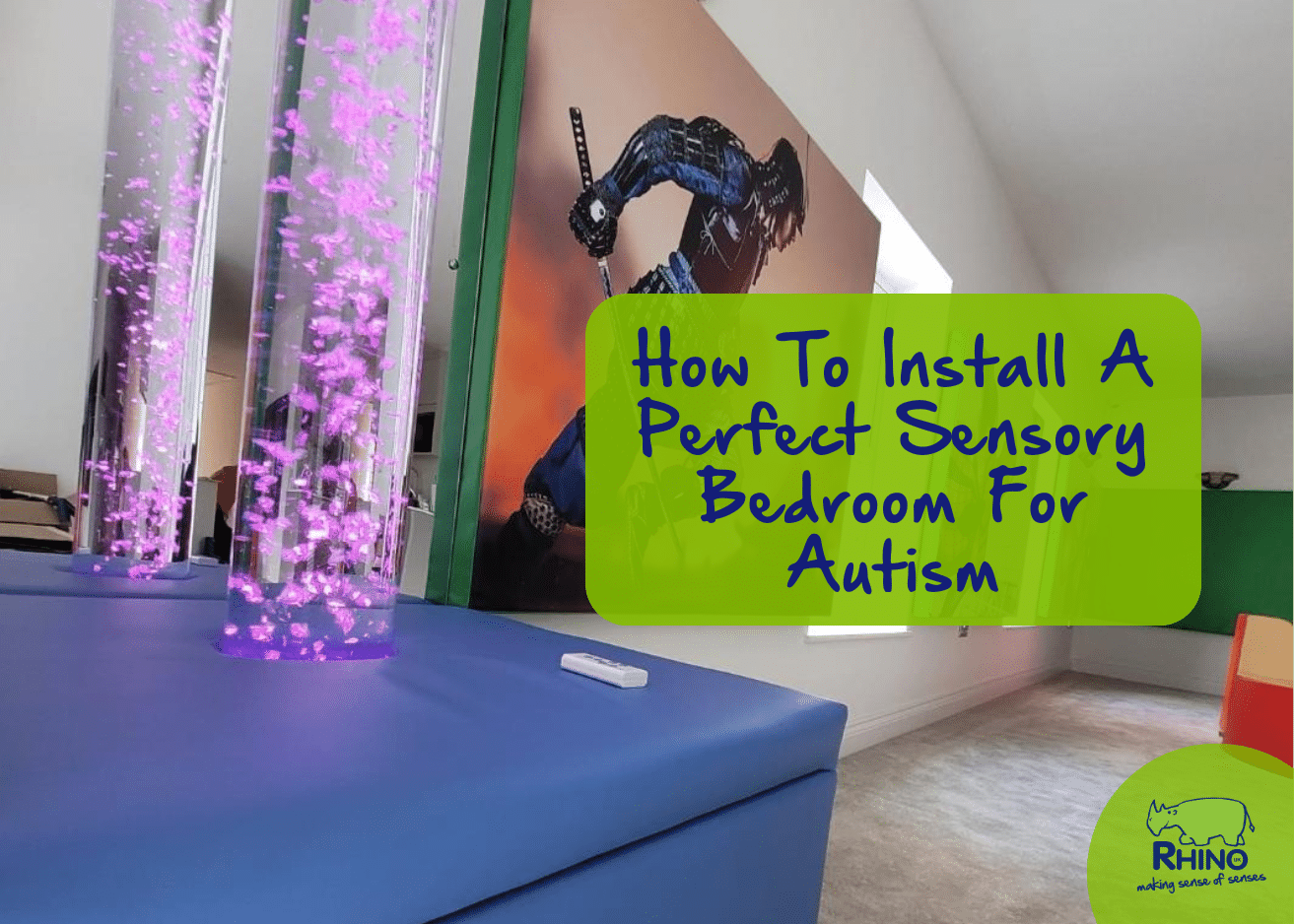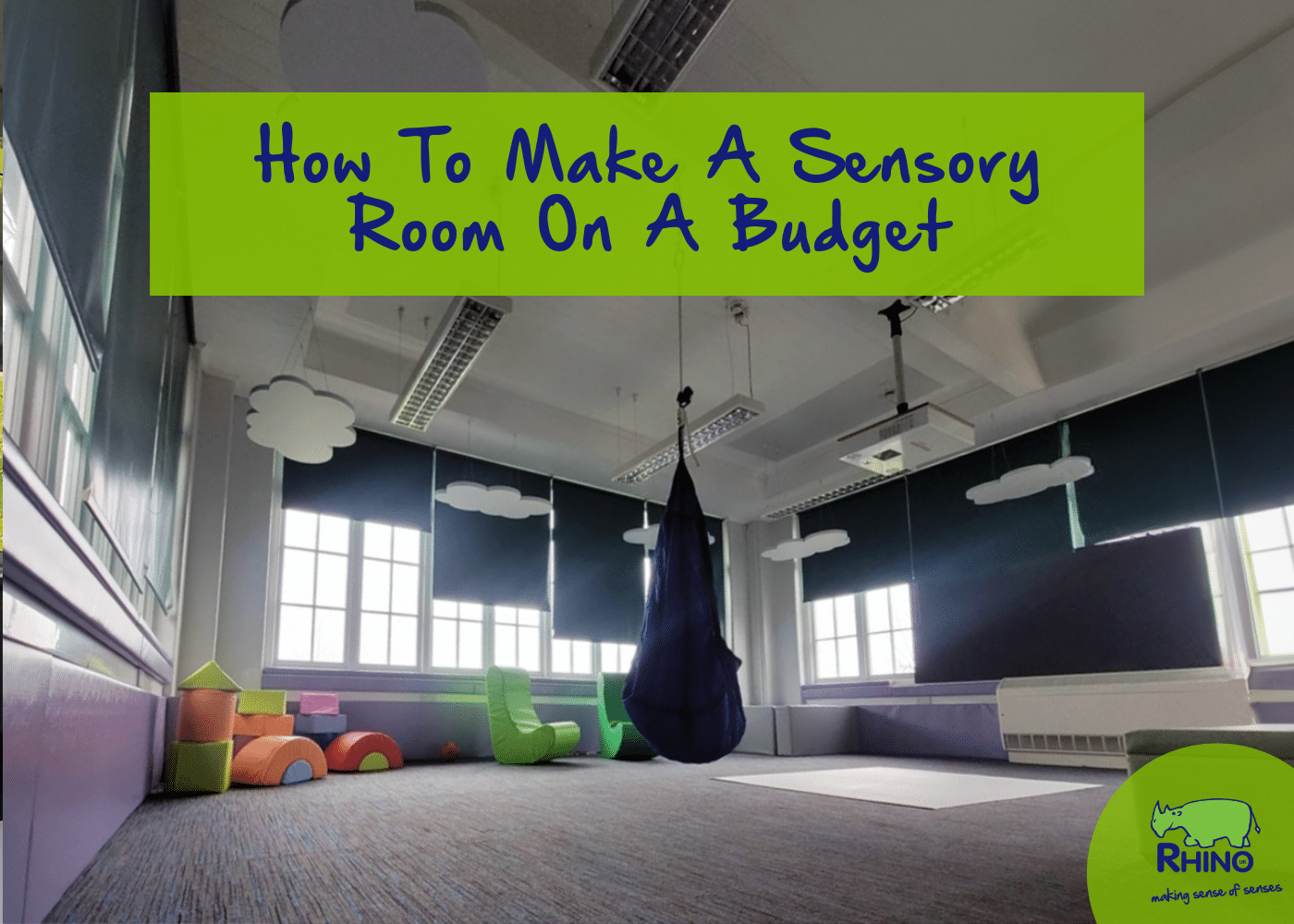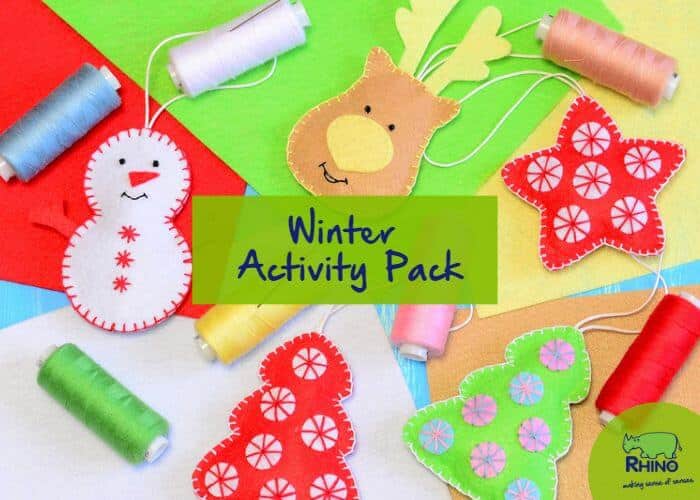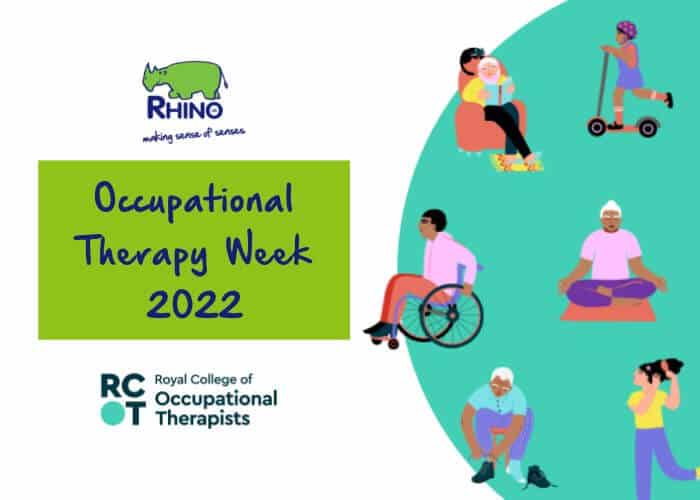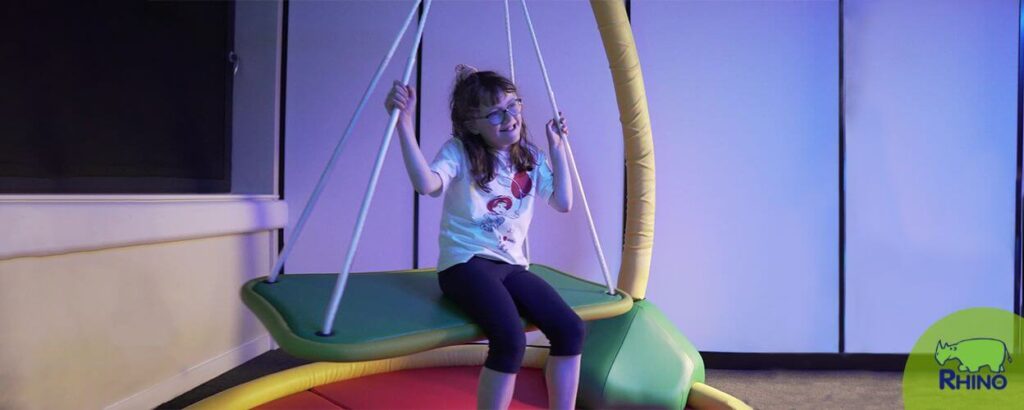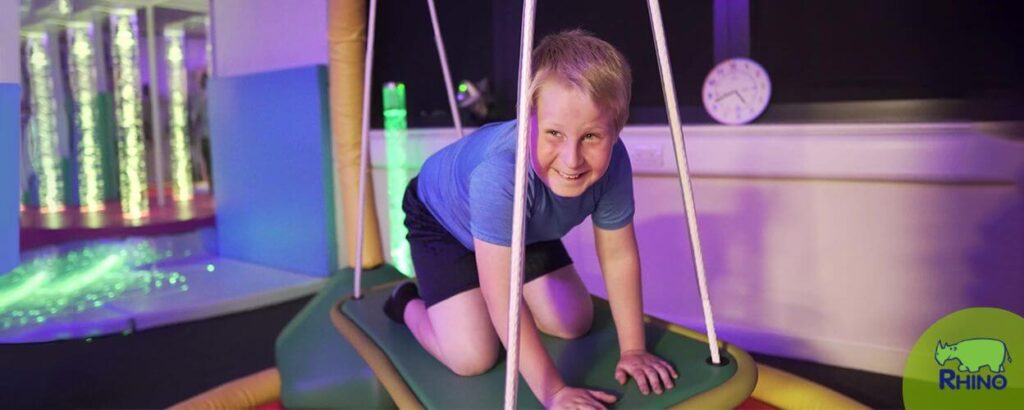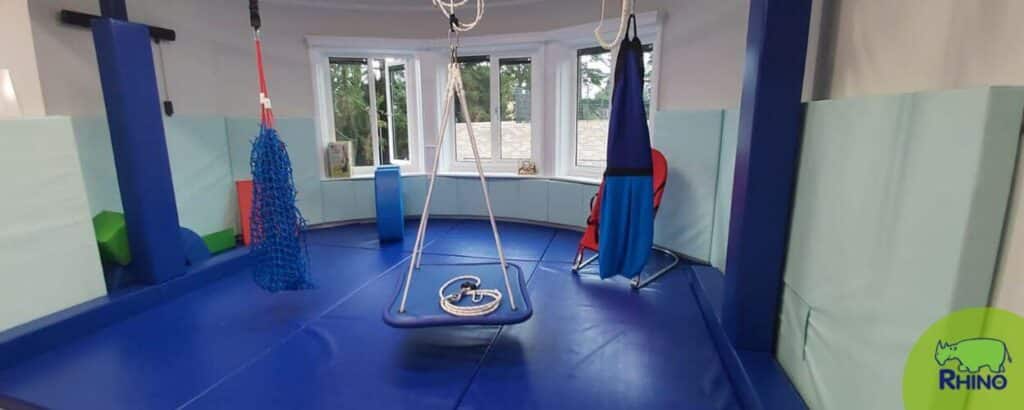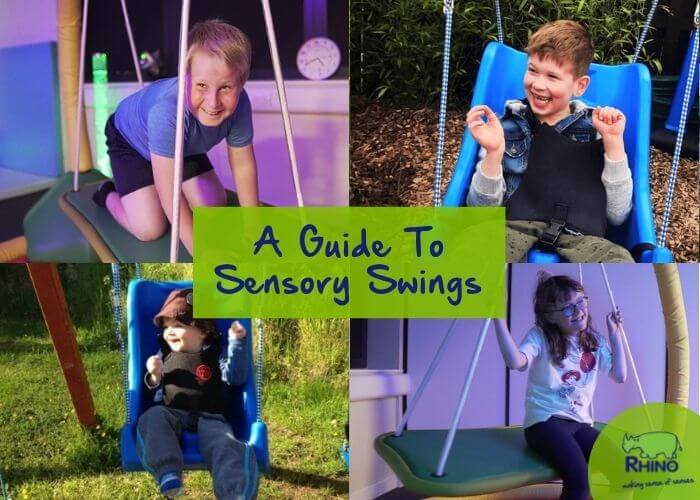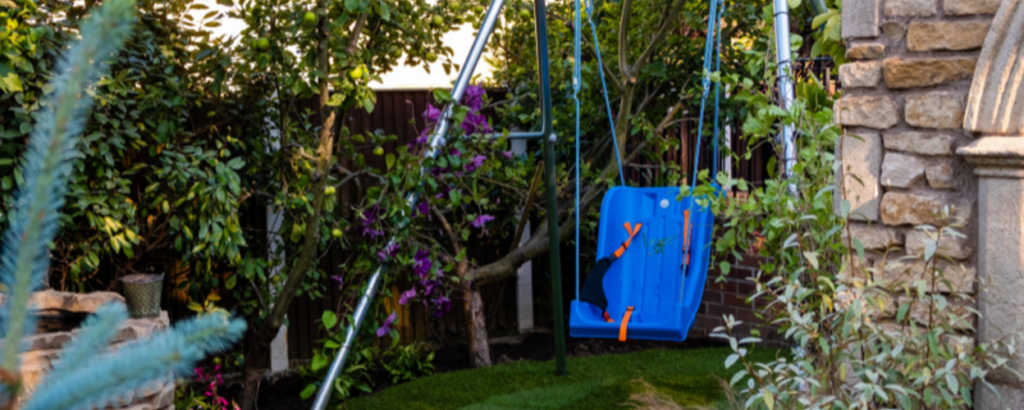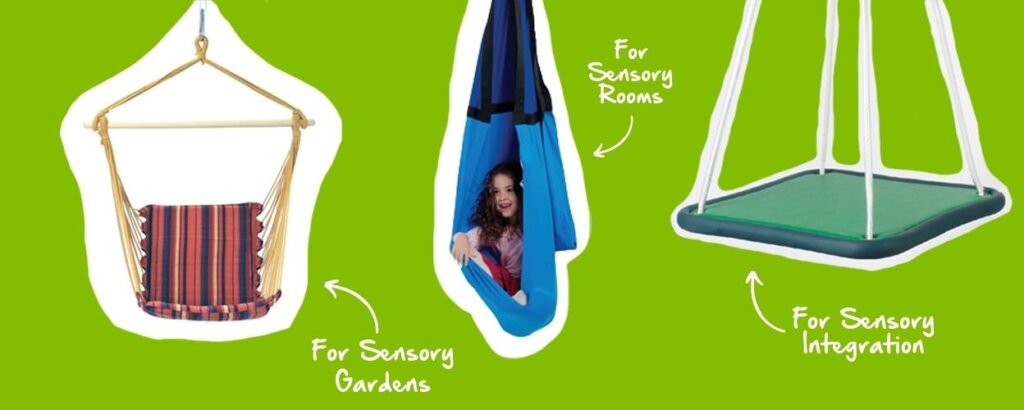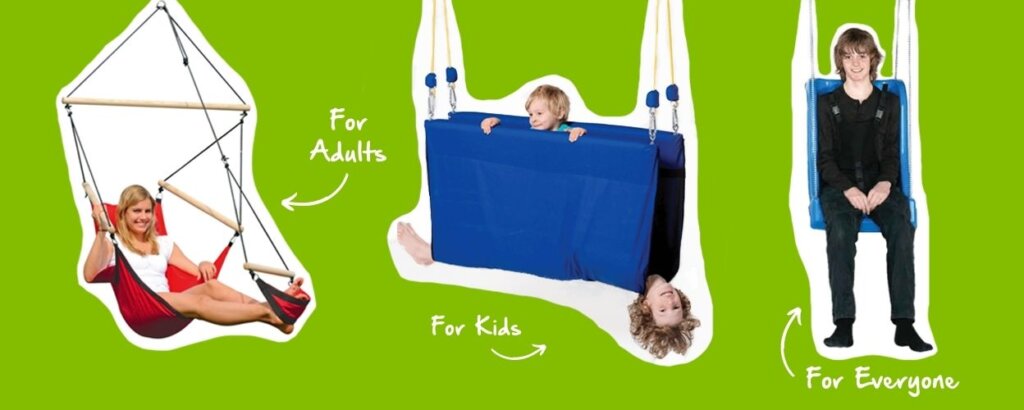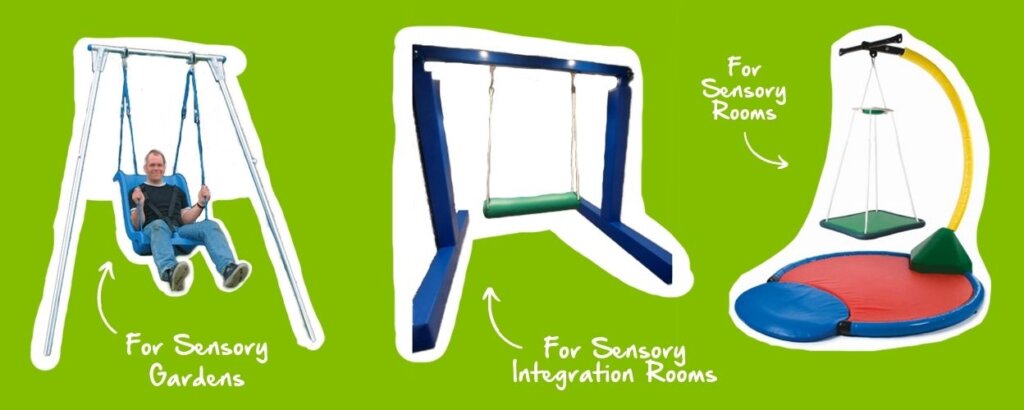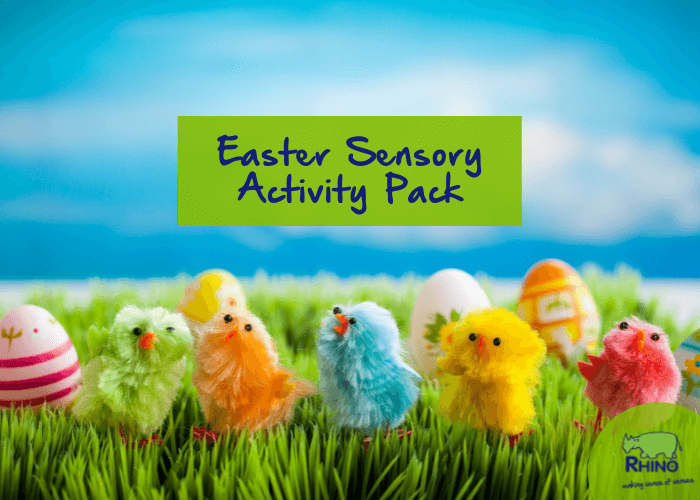How To Make A Sensory Room On A Budget
Sensory rooms are developmental spaces that provide a calming and controlled environment for people to therapeutically regulate their senses and emotions. They’re typically used by people with autism and special needs, although their calming and relaxing nature makes them helpful for everyone!
Multisensory rooms are a valuable resource for schools, homes or social centres, but they’re often seen as a luxury due to their high price tags. Well, our sensory experts are here to tell you otherwise!
This blog will help you to build a sensory room on a budget. We’ll share our favourite budget-friendly resources alongside lots of creative and charitable ways of turning your sensory room dreams into a reality.
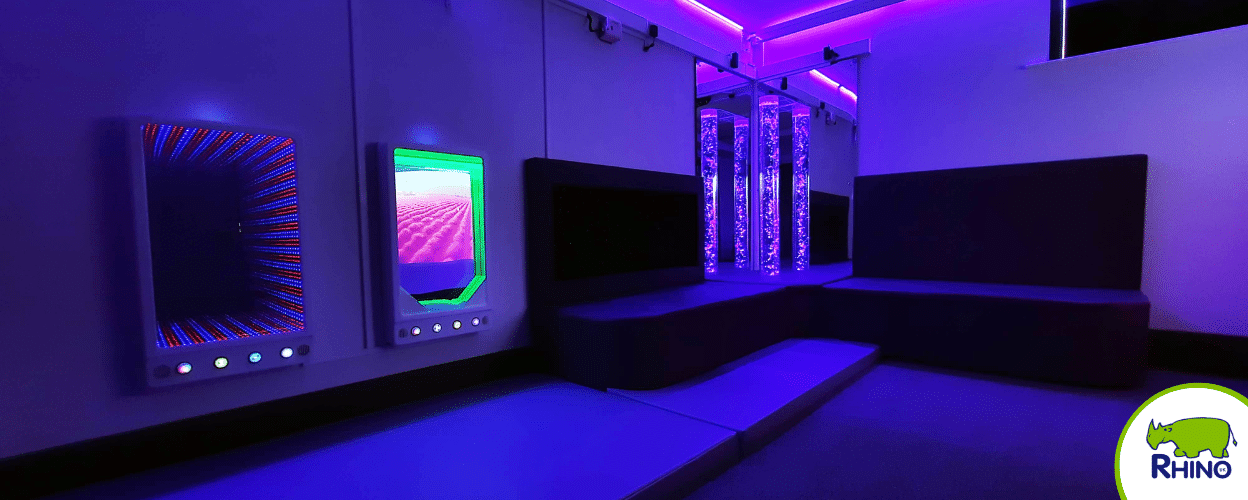
Why Are Sensory Rooms So Expensive?
Sensory room resources usually have a high price point because of the high-quality materials used to make them. Our sensory experts make sure that we only source the best products that create the best sensory effects, last a long time, and are, most importantly, safe.
Buying more expensive products usually means they’ll last a long time, too, reducing your need to repair or replace them, which might save you money in the long run.
For more information about the quality of our sensory products, get in touch with a member of our friendly sensory team.
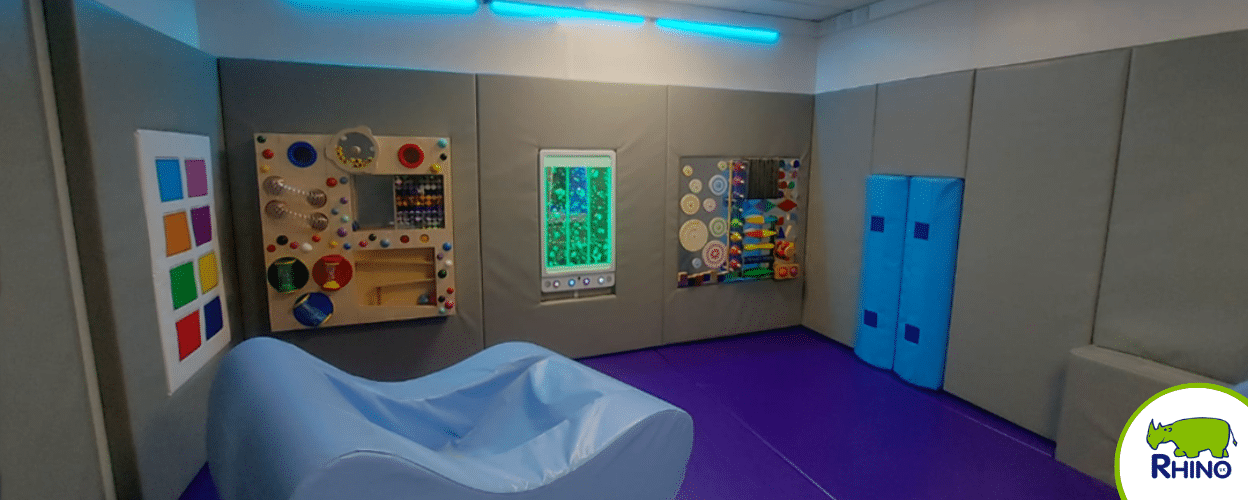
Building A Budget Sensory Room
The best way to create a sensory room on a budget, without losing any of its magic, is to go back to the fundamentals of what a sensory room is. We need to make a space that caters to three key senses: touch, sight, and sound.
Touch: You want something soft to sit on and something to interest your tactile senses.
Sight: Sensory works best in darker environments (blackout curtains & blinds are really useful!), so you’ll want to add some colourful resources that glow, stimulating visual senses.
Sound: It’s best to make sure your sensory space is located somewhere quiet, where it won’t affected by outside noises. Although the space inside doesn’t have to be quiet, we’d recommend adding a sensory soundtrack to create a personal ambience.
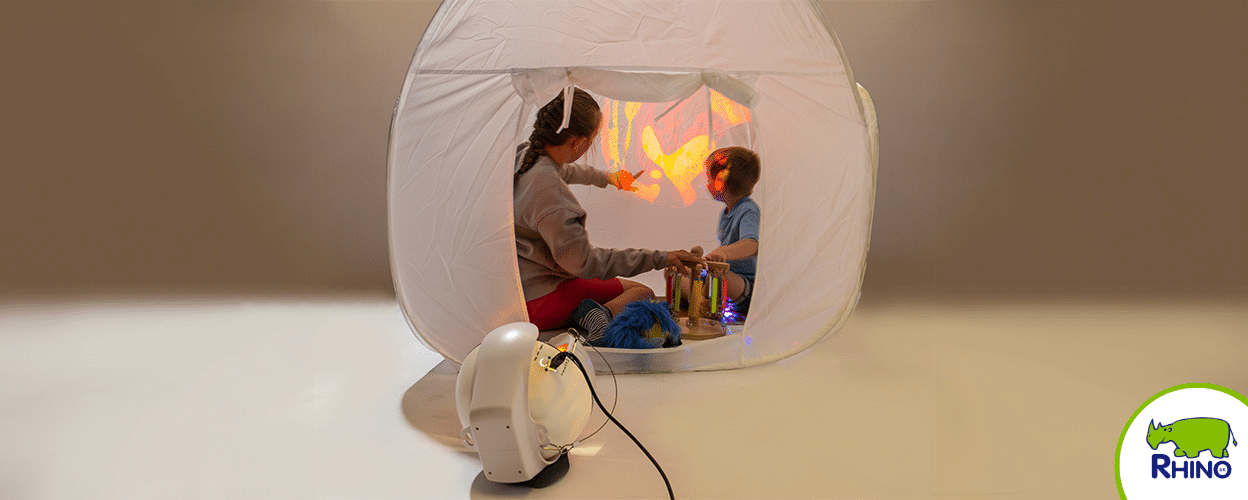
Choosing The Right Space
You don’t need a big empty room to create a new sensory space. Sometimes, the smallest spaces can have the biggest sensory effect (have you seen our pop-up dark dens?).
So, whether it’s a spare room, storage closet or corner – all you really need is a partition curtain and some cosy cushions to get started.
(Don’t have a spare corner to spare? Have you considered a sensory box?)
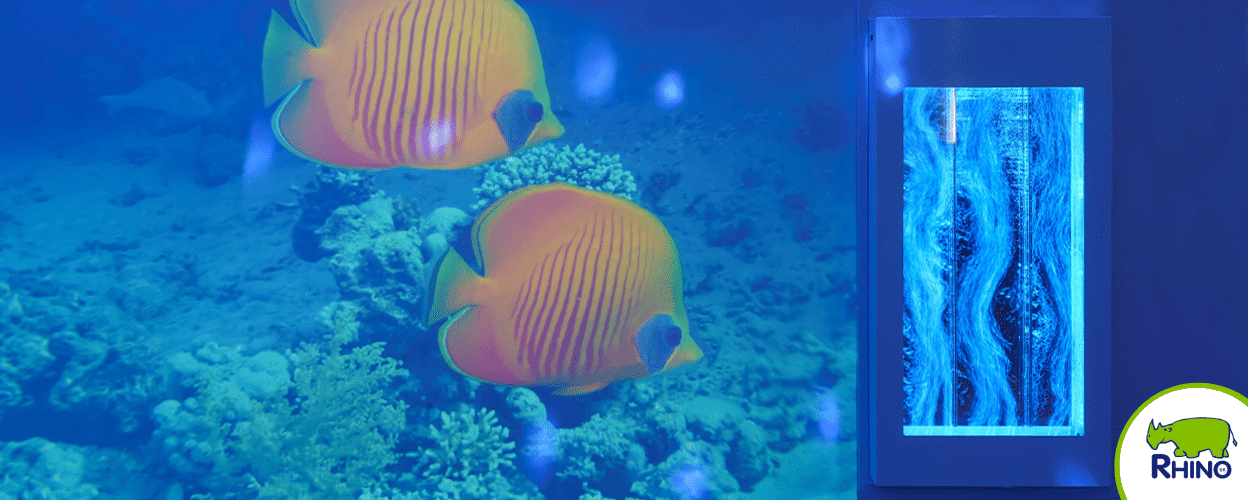
What Should I Put In My Budget Sensory Room?
You should always design a sensory room around the person who’s going to be using it. Consider their sensory needs and preferences. If they’re sensory seeking, you’ll want to make a space that’s highly stimulating – filled with lights, sounds and tactile resources. But if they’re sensory avoidant, they’ll need a minimally stimulating space.
What Our Sensory Specialists Recommend
To complement the three key senses, our sensory specialists would recommend four key features for your budget sensory room.
- A Bubble Tube: Bubble Tubes are a sensory room staple for a reason. Not only do they brighten up a room, but their endlessly dynamic dancing bubbles are distracting, calming and ideal for softly developing visual senses.
- A Sensory Projector: Sensory projectors magically create bright worlds along walls and ceilings, decorating them in colourfully relaxing light. There are lots of sensory projectors to choose from; some create rainbows, others create constellations – we’re sure you’ll be able to find the right one for you.
- Our Opti Aura Projector is our best-quality budget projector for larger environments. But the Laser Stars and Ocean Wave projectors are just as good at lighting up sensory spaces in a magically immersive glow.
- Fibre Optics: With a tactile twinkle and a gorgeous glow, Fibre Optics are a magical multisensory resource. With long tactile ‘tails’ and interactive colour options, Fibre Optics offer users an intimately personal sensory session where they can develop tactile and visual senses.
- Check out our budget-friendly Essential Fibre Optics. They come complete with their own light source and colour controller so that you can play straight away.
- Safety Padding: Safety padding is an important sensory room resource. Not only does padding help to make a space safe, but it also adds a cosy layer that’s soft to sit on or lean against. Having soft, stable layers in your sensory room can help users develop proprioceptive skills as they comfortably position themselves.
- We make most of our bespoke padding in-house – perfectly made to measure to fit your space. However, our Colourful Pencil Padding Set is a quick, easy-to-install, budget-friendly alternative.
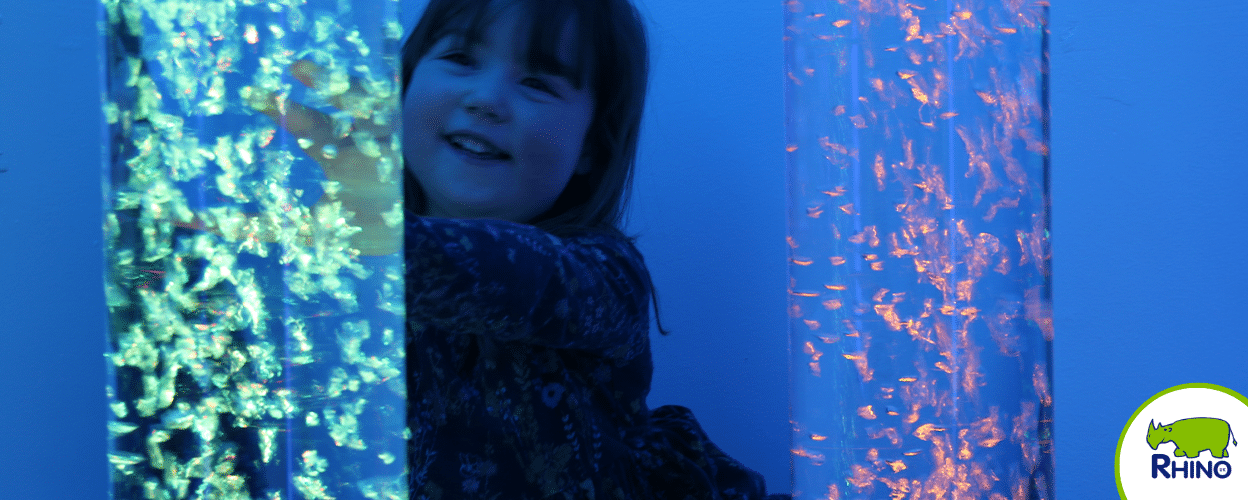
We know that everyone might not have the budget or space for a big sensory room. So, we’ve assembled a collection of our favourite budget-friendly sensory products so you can create an immersive sensory space with any budget.
Our discount sensory collection includes Bubble Tubes, Fibre Optics, and everything else you’ll need to create an interactive sensory room.
Products in our budget sensory collection are not the same quality as our main sensory collection, which is why we’re able to set lower prices. For more information, get in touch.
Further Information
If you have a question or a query, don’t hesitate to get in touch with a member of our friendly sensory team – they’ll be more than happy to help 😊

